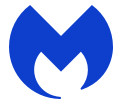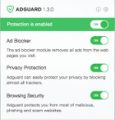What is ColossusAspect
ColossusAspect is an Adware application that targets Mac computers. Adware is form of malware that display unwanted ads, redirects search results to scam web-sites and collects user information for marketing purposes. The ColossusAspect adware can display banner ads, full-screen advertisements, pop ups, videos, or other varieties of online advertising. Maybe you approve the idea that the advertisements or popups is just a small problem. But these unwanted advertisements eat system resources and slow down your MAC performance.
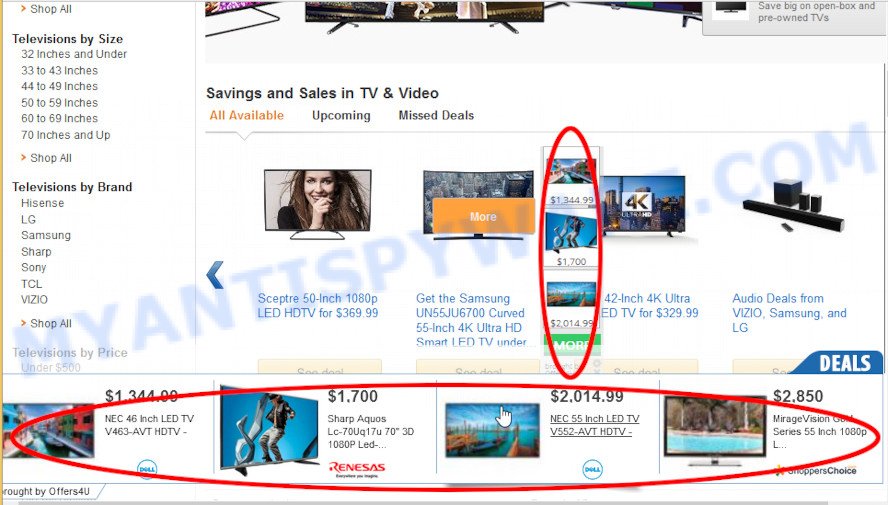
Unwanted ads
Even worse, the adware is able to gather confidential data about you which may be later sold to third party companies. You don’t know if your home address, account names and passwords are safe. So, we recommend you get rid of it as soon as possible. This will also prevent the adware from tracking your online activities. A full ColossusAspect removal can be easily carried out using manual or automatic solution listed below.
How does ColossusAspect get on your machine
Adware software gets on Mac computers together with various free apps. This means that you need to be very careful when installing software downloaded from the Web, even from Apple AppStore. Be sure to read the Terms of Use and the Software license, select only the Manual, Advanced or Custom installation type, switch off all unnecessary modules and software are offered to install.
Threat Summary
| Name | ColossusAspect, “ColossusAspect 1.0” |
| Type | adware software, PUP (potentially unwanted program), Mac virus, Mac malware |
| Detection Names | Program:MacOS/Vigram.A, Trojan-Downloader.OSX.Adload, ApplicUnwnt, Osx.Adware.Cimpli, MacOS.Agent-MT, Adware/Adload!OSX, Adware.MAC.Generic and OSX.Trojan.Gen |
| Distribution | Free software installers, fake updaters, dubious pop-up advertisements and torrent downloads |
| Symptoms | You keep getting redirected to suspicious webpages, adverts appear in places they shouldn’t be, your computer starts automatically installing unwanted software, unwanted web-browser toolbars, unexpected changes in your web-browser like displaying new tabs you didn’t open, slow browsing Internet. |
| Removal | ColossusAspect removal guide |
How to remove ColossusAspect from Mac computer
The steps below will help you to get rid of ColossusAspect adware from your Mac computer. The most effective way to remove this adware software is to complete the steps and then run MalwareBytes automatic tool (it is free). The manual steps will assist to weaken this adware and the malware removal tools will completely uninstall ColossusAspect and revert back the Firefox, Chrome and Safari settings to default.
To remove ColossusAspect, execute the following steps:
- Remove profiles created by ColossusAspect
- Delete ColossusAspect associated software by using the Finder
- Remove ColossusAspect related files and folders
- Scan your Mac with MalwareBytes
- Remove ColossusAspect from Safari, Chrome, Firefox
- How to stay safe online
Remove profiles created by ColossusAspect
ColossusAspect can install a configuration profile on the Mac system to block changes made to the browser settings. Therefore, you need to open system preferences, find and delete the profile installed by the adware.
Click the System Preferences icon ( ![]() ) in the Dock, or choose Apple menu (
) in the Dock, or choose Apple menu ( ![]() ) > System Preferences.
) > System Preferences.
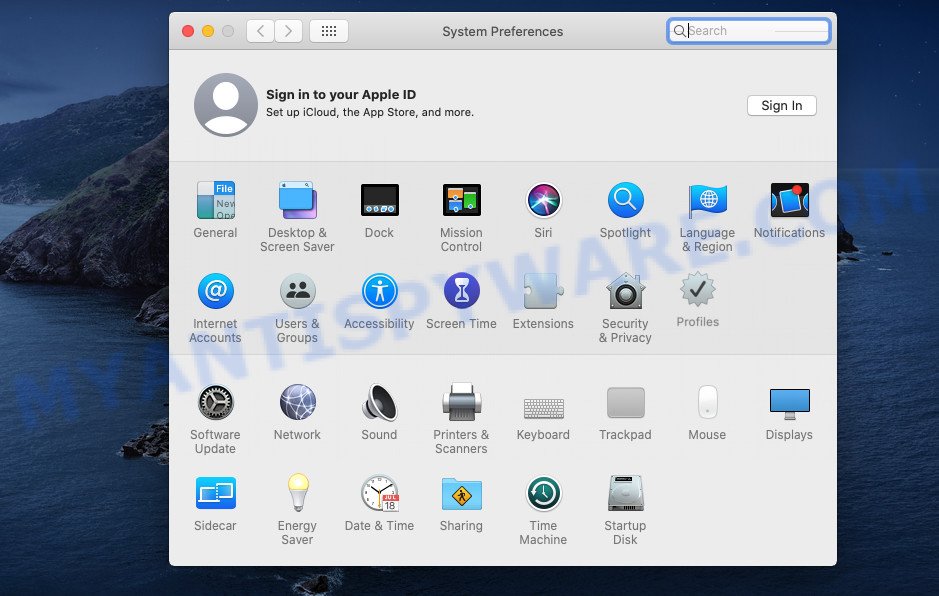
In System Preferences, click Profiles, then select a profile associated with ColossusAspect.
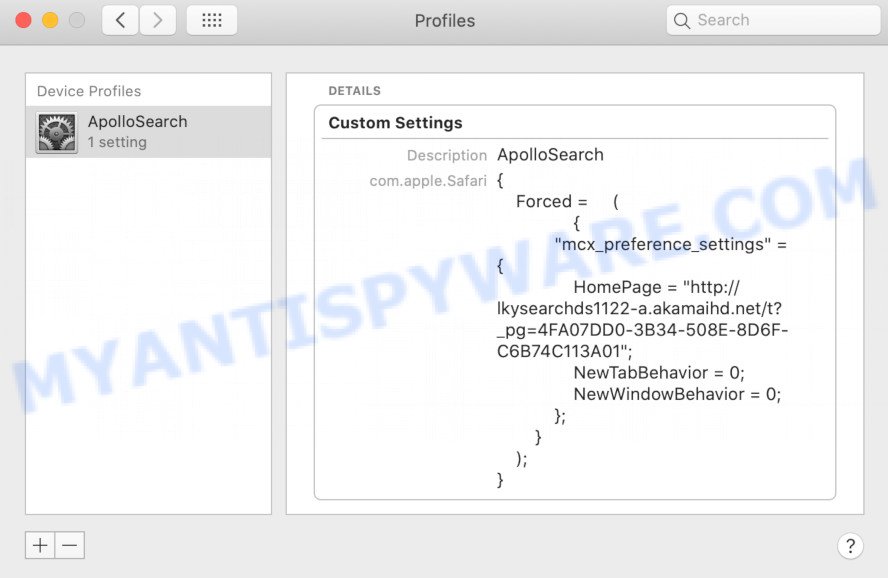
Click the minus button ( – ) located at the bottom-left of the Profiles screen to remove the profile.
Note: if you do not see Profiles in the System Preferences, that means there are no profiles installed on your Mac, which is normal.
Delete ColossusAspect associated software by using the Finder
Check out the Finder (Applications section) to see all installed applications. If you see any unknown and questionable programs, they are the ones you need to delete.
Open Finder and click “Applications” as shown in the following example.
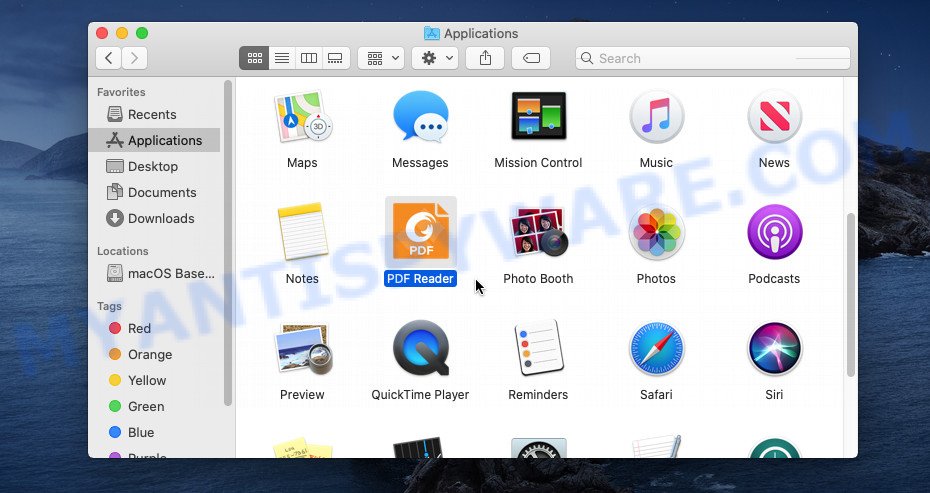
You will see a list of applications installed on your computer. We recommend to pay maximum attention to the program you installed last. Most likely, it is the ColossusAspect adware. If you are in doubt, you can always check the application by doing a search for her name in Google, Yahoo or Bing.
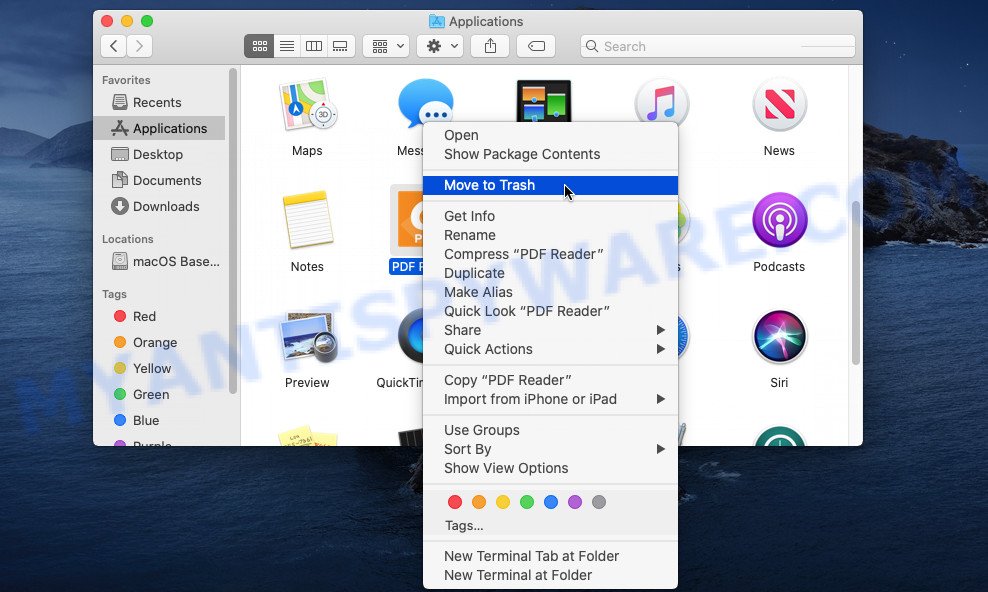
Once the application which you need to delete is found, simply right click on its name, and select “Move to Trash”.
Don’t forget, choose Finder, then “Empty Trash”.
Remove ColossusAspect related files and folders
Now you need to try to find ColossusAspect related files and folders, and then delete them manually. You need to look for these files in certain directories. To quickly open them, we recommend using the “Go to Folder…” command.
ColossusAspect creates several files, these files must be found and removed. Below is a list of files associated with this unwanted program.
- /Library/LaunchDaemons/com.ColossusAspect.system.plist
- ~/Library/LaunchAgents/com.ColossusAspect.service.plist
- /Library/Application Support/.(RANDOM)/System/com.ColossusAspect.system
- ~/Library/Application Support/.(RANDOM)/Services/com.ColossusAspect.service.app
Some files created by ColossusAspect are hidden from the user. To find and delete them, you need to enable “show hidden files”. To do this, use the shortcut CMD + SHIFT + . Press once to show hidden files and again to hide them. There is another way. Click Finder -> Applications -> Utilities -> Terminal. In Terminal, paste the following text: defaults write com.apple.finder AppleShowAllFiles YES

Press Enter. Hold the ‘Option/alt’ key, then right click on the Finder icon in the dock and click Relaunch.
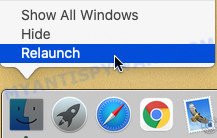
Click on the Finder icon. From the menu bar, select Go and click “Go to Folder…”. As a result, a small window opens that allows you to quickly open a specific directory.

Check for ColossusAspect generated files in the /Library/LaunchAgents folder

In the “Go to Folder…” window, type the following text and press Go:
/Library/LaunchAgents
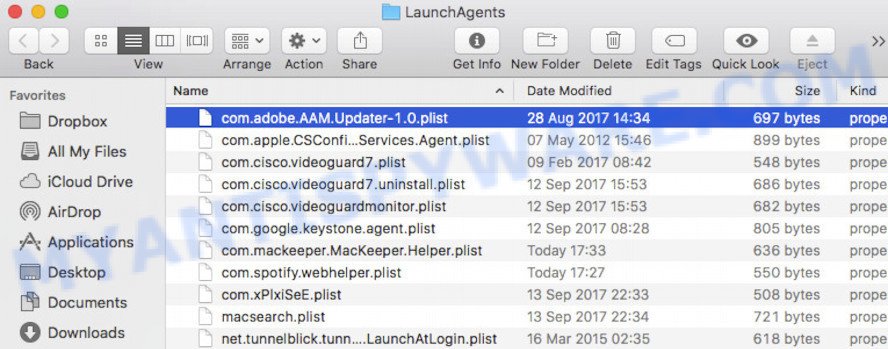
This will open the contents of the “/Library/LaunchAgents” folder. Look carefully at it and pay special attention to recently created files, as well as files that have a suspicious name. Move all suspicious files to the Trash. A few examples of files: search.plist, installapp.plist, macsearch.plist, com.google.defaultsearch.plist, , com.ColossusAspect.service.plist, com.machelper.plist and com.net-preferences.plist. Most often, PUPs, browser hijackers and adware create several files with similar names.
Check for ColossusAspect generated files in the /Library/Application Support folder

In the “Go to Folder…” window, type the following text and press Go:
/Library/Application Support
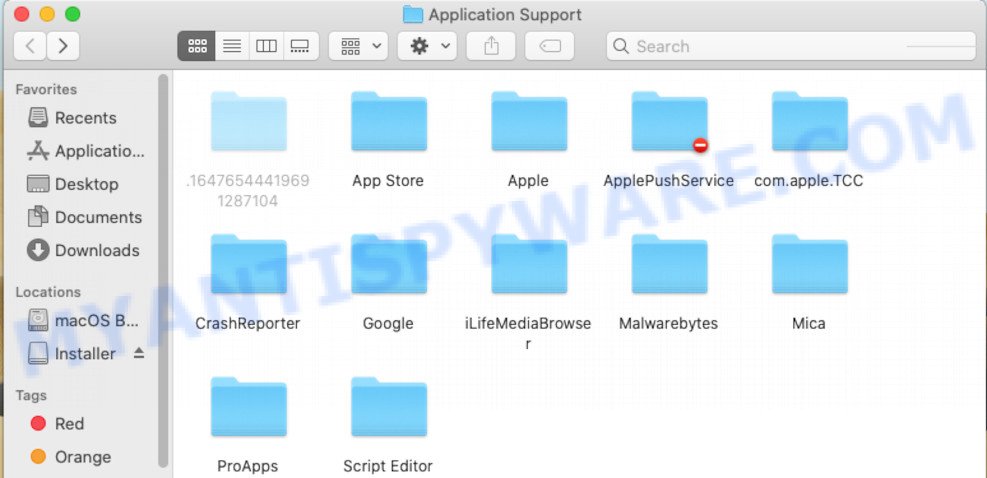
This will open the contents of the “Application Support” folder. Look carefully at its contents, pay special attention to recently added/changed folders and files. Check the contents of suspicious folders, if there is a file with a name similar to com.ColossusAspect.system, then this folder must be deleted. Move all suspicious folders and files to the Trash.
Check for ColossusAspect generated files in the “~/Library/LaunchAgents” folder

In the “Go to Folder…” window, type the following text and press Go:
~/Library/LaunchAgents

Proceed in the same way as with the “/Library/LaunchAgents” and “/Library/Application Support” folders. Look for suspicious and recently added files. Move all suspicious files to the Trash.
Check for ColossusAspect generated files in the /Library/LaunchDaemons folder
In the “Go to Folder…” window, type the following text and press Go:
/Library/LaunchDaemons

Carefully browse the entire list of files and pay special attention to recently created files, as well as files that have a suspicious name. Move all suspicious files to the Trash. A few examples of files to be deleted: com.machelper.system.plist, com.search.system.plist, com.installapp.system.plist, com.ColossusAspect.system.plist and com.macsearch.system.plist. In most cases, adware, browser hijackers and potentially unwanted programs create several files with similar names.
Scan your Mac with MalwareBytes
We recommend using MalwareBytes Anti-Malware to scan the Apple computer for adware, PUPs and browser hijackers. This free utility is an advanced malware removal program designed by (c) Malwarebytes lab. This program uses the world’s most popular anti-malware technology. It is able to help you get rid of potentially unwanted apps and other security threats from your Mac computer for free.
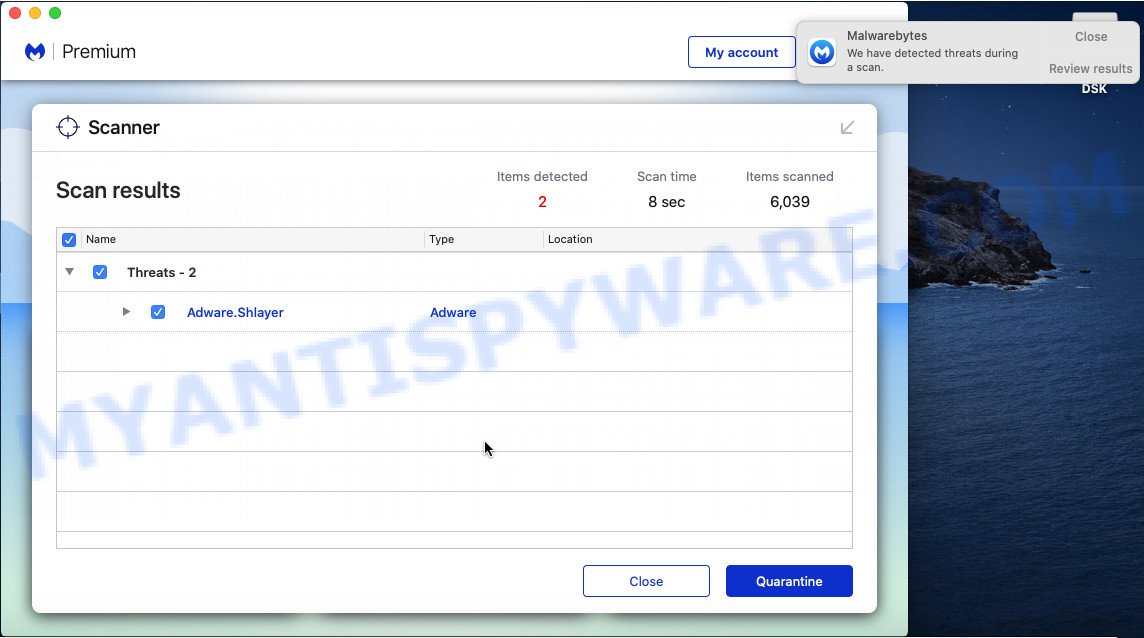
MalwareBytes AntiMalware can be downloaded from the following link.
21021 downloads
Author: Malwarebytes
Category: Security tools
Update: September 10, 2020
When the downloading process is finished, run it and follow the prompts. Click the “Scan” button to find ColossusAspect . This process may take some time, so please be patient. When a threat is found, the count of the security threats will change accordingly. Next, you need to press the “Quarantine” button.
The MalwareBytes AntiMalware is a free program that you can use to remove all detected folders, files, malicious services and so on.
Remove ColossusAspect from Safari, Chrome, Firefox
If you are still seeing ColossusAspect adware that won’t go away, you might have harmful plugins installed on your web-browser. Check your web browser for unwanted extensions using the steps below.
You can also try to remove ColossusAspect adware software by reset Chrome settings. |
If you are still experiencing problems with ColossusAspect adware software removal, you need to reset Firefox browser. |
|
How to stay safe online
Run ad-blocker program like AdGuard in order to block advertisements, malvertisements, pop-ups and online trackers, avoid having to install harmful and adware browser plug-ins and add-ons that affect your Apple Mac performance and impact your MAC system security. Browse the Internet anonymously and stay safe online!
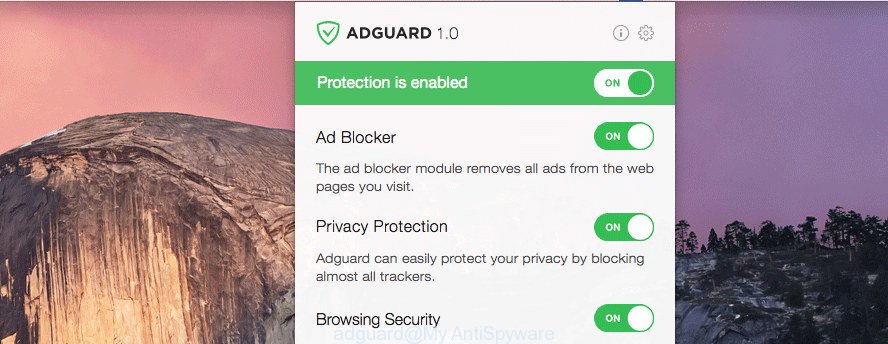
Installing the AdGuard is simple. First you will need to download AdGuard on your Windows Desktop by clicking on the following link.
3782 downloads
Author: © Adguard
Category: Security tools
Update: January 17, 2018
After the download is finished, run the downloaded file. The “Setup Wizard” window will show up on the computer screen.
Follow the prompts. AdGuard will then be installed. A window will show up asking you to confirm that you want to see a quick guide. Click “Skip” button to close the window and use the default settings, or click “Get Started” to see an quick guidance that will help you get to know AdGuard better.
Each time, when you launch your Apple Mac, AdGuard will launch automatically and stop annoying popup ads, block malicious and misleading web-sites.
To sum up
We suggest that you keep AdGuard (to help you stop unwanted pop-up ads and unwanted malicious webpages) and MalwareBytes (to periodically scan your machine for new adwares and other malicious software).
If you are still having problems while trying to remove ColossusAspect adware from the Google Chrome, Firefox and Safari, then ask for help here.
